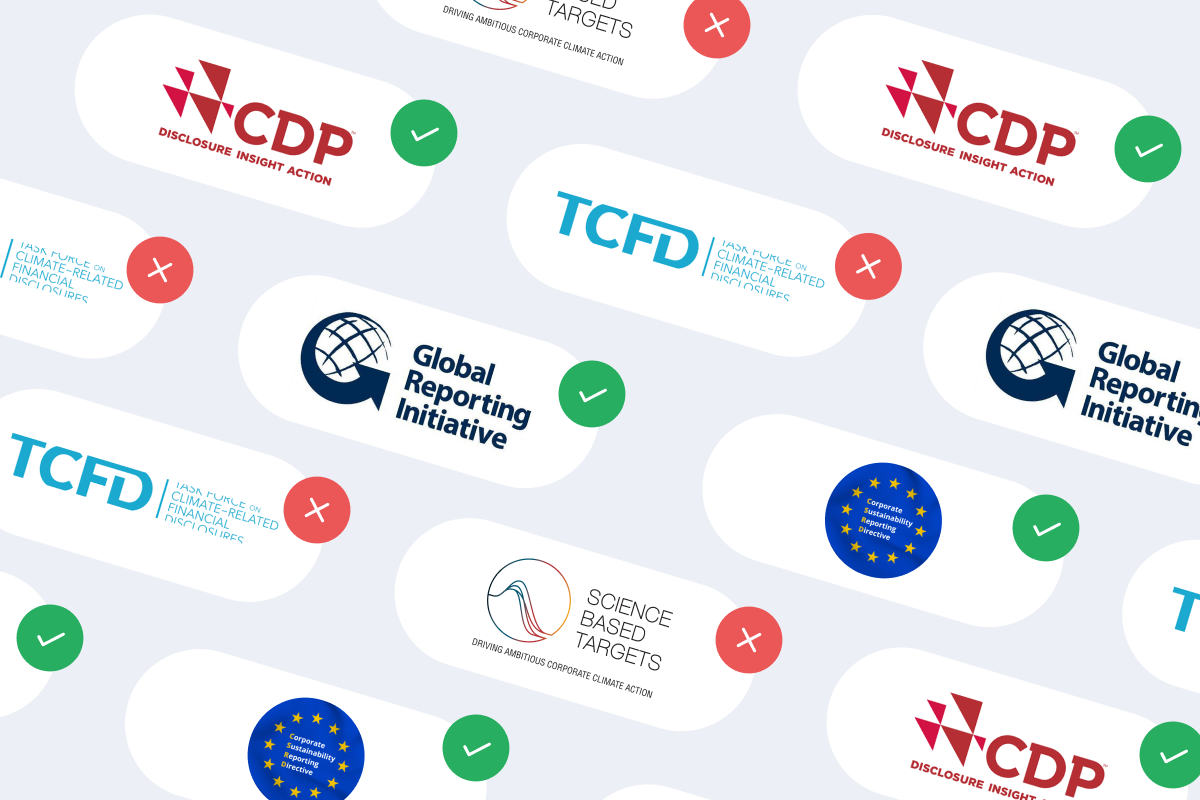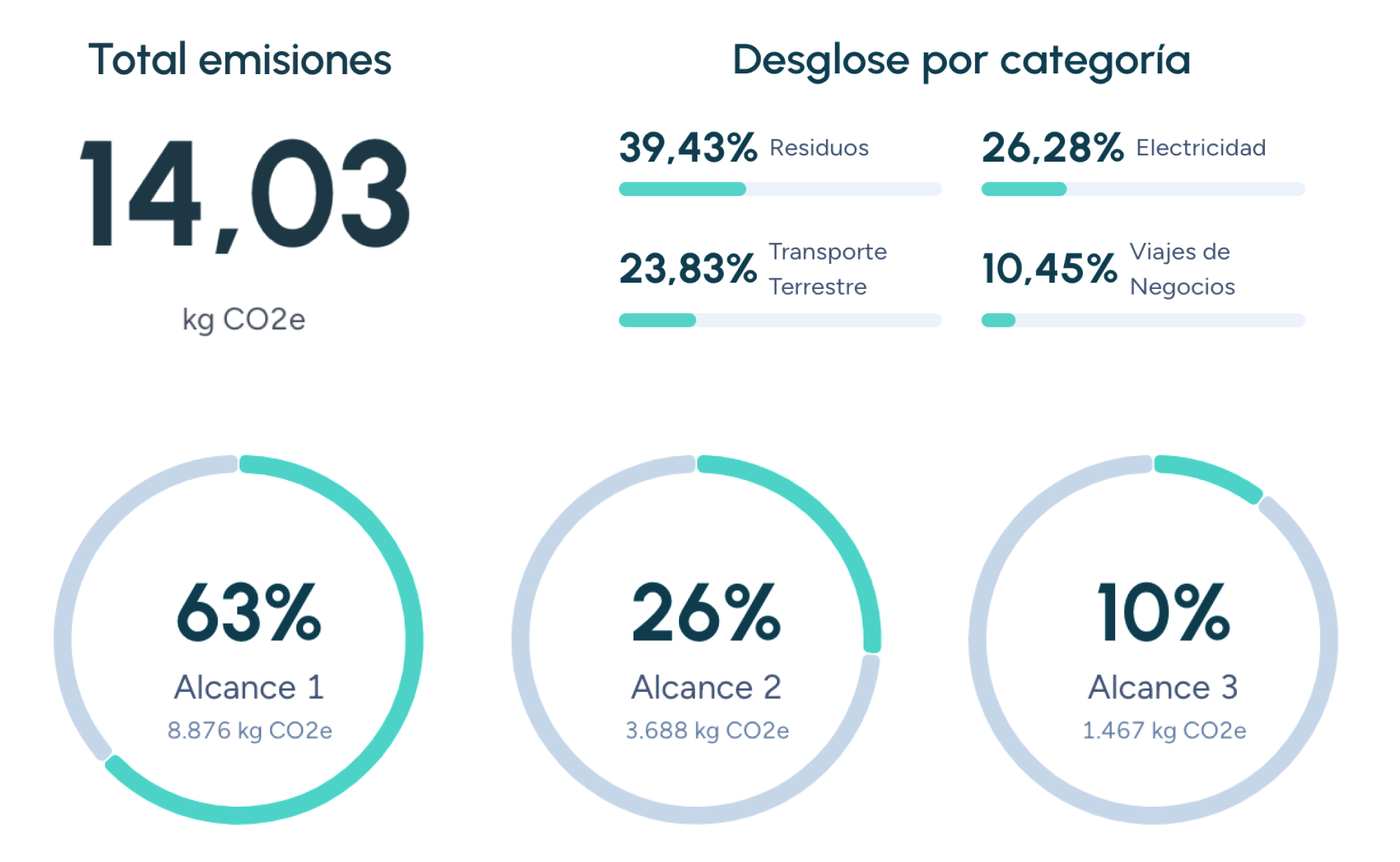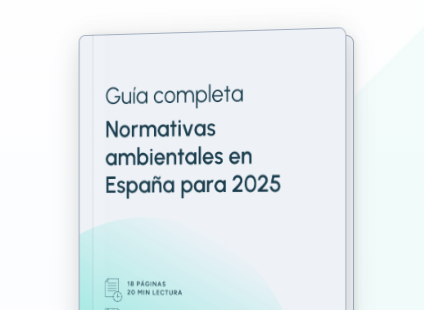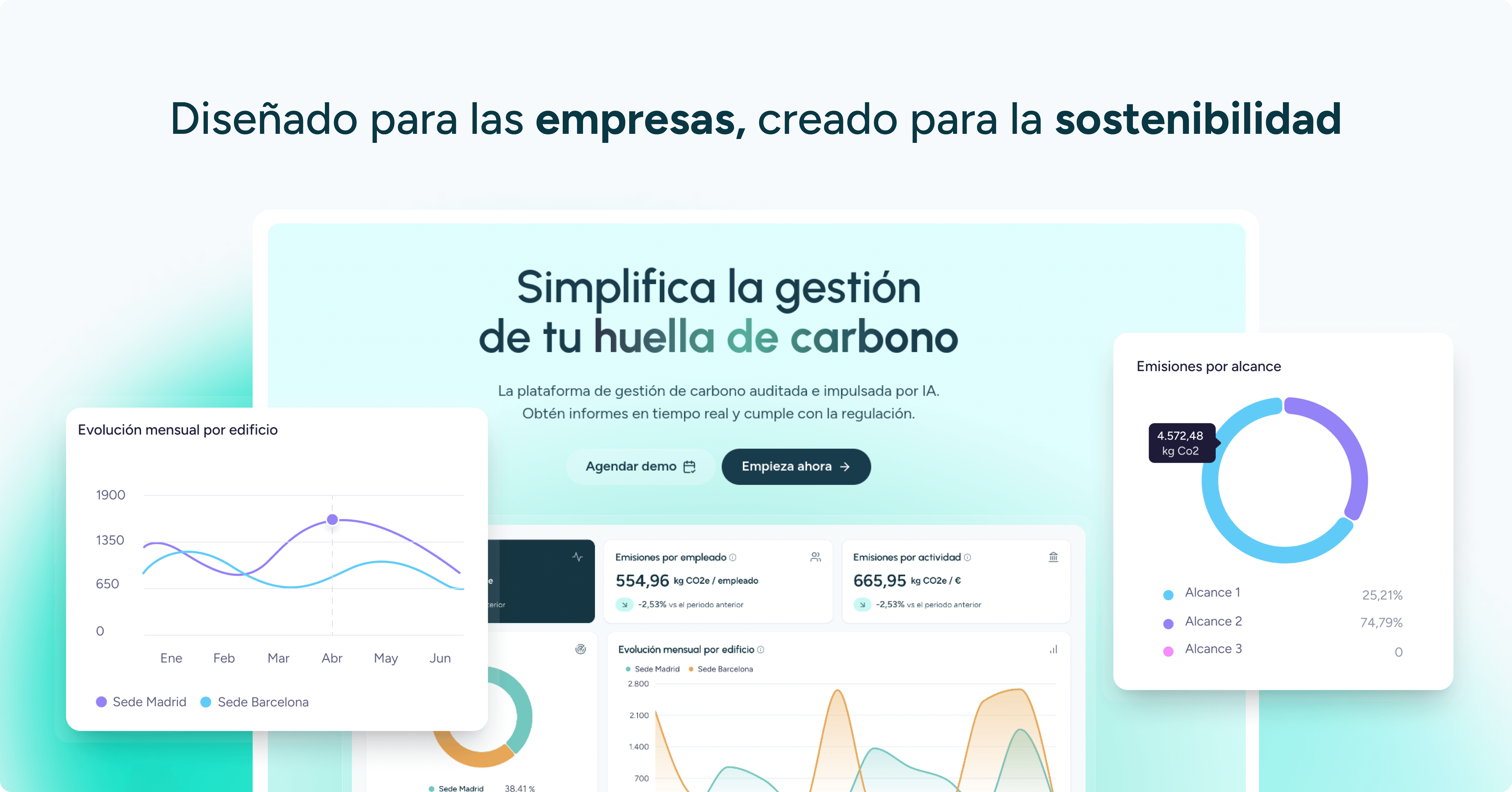Back to the blog
Scope 3 Challenge: A Practical Guide to the GHG Protocol and Its 15 Categories
Andrés Cester
CEO & Co-Founder
Scope 3 of the GHG Protocol is, without a doubt, the greatest challenge companies face when calculating and reporting their carbon footprint rigorously.
While Scopes 1 and 2 focus on direct emissions and energy consumption, Scope 3 covers all indirect emissions across the value chain, from suppliers to end customers.
According to the Carbon Disclosure Project (CDP), Scope 3 accounts for, on average, more than 75% of a company’s total emissions. In industries such as fashion, automotive, or food, this figure can exceed 90%.
The difficulty lies in the fact that these emissions are outside the direct control of the organization, requiring solid methodologies, collaboration with third parties, and precise data collection tools.
This guide provides a practical analysis of the 15 Scope 3 categories defined by the GHG Protocol, with concrete examples, methodological recommendations, and an approach that balances technical accuracy with business applicability.
If you are still unsure how this calculation fits into Spanish regulatory frameworks, we recommend also reading our article on the MITECO Registry in Spain: verification and obtaining the seals.
What is Scope 3 and Why is it Crucial?
Scope 3 includes all GHG emissions not directly controlled by the company but generated as a consequence of its activity. This encompasses emissions in the supply chain, transportation, product use, waste treatment, and much more.
Its relevance today is twofold. On the one hand, the EU CSRD Directive requires large European companies to report their full footprint, including Scope 3.
On the other hand, investors demand transparency and comparability. A company that ignores Scope 3 loses credibility and risks being excluded from international value chains that are becoming increasingly strict.
What Are the 15 Scope 3 Categories According to the GHG Protocol?
The GHG Protocol classifies Scope 3 into 15 categories, divided between upstream activities (before the company’s activity) and downstream activities (after the sale of products or services). Below, we analyze each one with practical examples and recommendations.
1. Purchased goods and services
Covers emissions from the production of goods and services the company buys. For instance, a furniture manufacturer must account for emissions from wood cultivation, logging, and processing.
The main challenge is obtaining reliable supplier data; the recommendation is to require verified carbon footprint reports from the supply chain.
2. Capital goods
Emissions from producing assets that last more than one year, such as buildings, machinery, or vehicles. For example, a company building a new plant must include the footprint of construction materials and processes.
This category can be significant in industrial sectors.
3. Fuel and energy related activities not included in Scopes 1 and 2
Includes emissions from extraction, production, and transportation of fuels and energy consumed by the company but not directly covered under Scopes 1 and 2.
For instance, emissions from transporting natural gas before it reaches a factory.
4. Upstream transportation and distribution
Emissions from transporting purchased goods from suppliers to the company. For a textile company, maritime shipping of fabrics from Asia to Europe falls here.
Partnering with logistics operators that provide certified emissions data is key.
5. Waste generated in operations
Emissions from treating and disposing of waste generated by the company’s operations. This does not include product end-of-life, but rather the company’s internal waste.
For example, methane from a landfill processing a factory’s solid waste.
6. Business travel
Emissions from employee travel for work purposes. If a company’s sales team flies frequently, those emissions must be included.
Today, flight carbon calculators simplify this measurement.
7. Employee commuting
Daily transport of employees between home and the workplace. The impact is higher in organizations with large workforces and sites located far from urban centers.
Sustainable mobility plans can reduce emissions in this category by up to 30%.
8. Upstream leased assets
Emissions from leased assets used by the company but not owned, such as rented buildings or leased machinery.
For instance, a company operating in a rented office building must account for emissions linked to the building’s energy use.
9. Downstream transportation and distribution
Emissions from transporting sold products to end customers. For an e-commerce company, last-mile delivery is a major source of emissions here.
10. Processing of sold products
If products require transformation before reaching consumers, emissions from this processing are included. For example, a steel supplier must account for emissions generated when its steel is used to manufacture cars.
11. Use of sold products
One of the largest categories in sectors like automotive or home appliances. Includes emissions generated during the entire useful life of a product when used by customers.
A car manufacturer must account for the fuel consumed by its vehicles over years of operation.
12. End-of-life treatment of sold products
Emissions generated when products reach end of life and are treated as waste. For example, a packaging company must include methane from plastics sent to landfills.
13. Downstream leased assets
When a company leases assets to a third party, it must account for emissions from those assets’ use by lessees.
For instance, a real estate company renting office space must include the emissions from tenants’ energy use.
14. Franchises
If a company operates through franchises, it must account for emissions from those establishments’ operations.
For example, a restaurant chain with franchises across multiple cities must measure their full footprint.
15. Investments
Emissions from a company’s investments. Banks and investment funds are especially accountable here, as they must measure the climate impact of the companies they invest in.
Practical Strategies for Managing Scope 3
The greatest challenge with Scope 3 is collecting reliable data across the value chain.
To tackle this, companies can apply several strategies:
- Collaborating with suppliers and customers to create joint emissions reporting programs.
- Using sector-specific databases and standard emission factors when primary data is unavailable.
- Leveraging digital tools and traceability platforms for real-time information collection.
- Prioritizing categories with the highest share of total emissions in the inventory.
- Aligning reduction targets with strategic partners across the chain.
Scope 3: The True Thermometer of Corporate Sustainability
Scope 3 represents the bulk of emissions and requires a fundamental shift in how companies collaborate with suppliers, customers, and investors. The GHG Protocol, through its 15 categories, provides the structure needed to address it rigorously.
Today, companies that ignore Scope 3 are at risk of falling behind in regulatory compliance, reputation, and market access. Conversely, those that integrate it seriously will not only reduce their carbon footprint but also gain clear competitive advantages.
To take the next step, we recommend reading our guide on corporate sustainability strategies to learn how to align your emissions reduction goals with the most demanding international frameworks.
FAQs about Scope 3
Is Scope 3 reporting mandatory in Spain?
Yes, for large companies under the CSRD and for those registering with MITECO with ambitious reduction targets.
Which categories are most relevant?
It depends on the sector. In automotive, “use of sold products” is critical; in food, “purchased goods”; in services, “business travel and commuting.”
Can estimates be used?
Yes, but they must be based on recognized emission factors and aligned with the GHG Protocol methodology.
Andrés Cester
CEO & Co-Founder
About the author
Andrés Cester is the CEO of Manglai, a company he co-founded in 2023. Before embarking on this project, he was co-founder and co-CEO of Colvin, where he gained experience in leadership roles by combining his entrepreneurial vision with the management of multidisciplinary teams. He leads Manglai’s strategic direction by developing artificial intelligence-based solutions to help companies optimize their processes and reduce their environmental impact.
Content
Companies that already trust manglai

8 Best Software Tools to Measure Product Carbon Footprint
We compare the best software tools to measure Product Carbon Footprint (PCF). Pros, cons, and why Manglai leads the list.
17 November, 2025
Best Software for Waste Management
We compare the best software tools for managing, analyzing, and reporting waste footprints. Discover why Manglai leads the list.
12 November, 2025
7 Best Software Solutions for Water Footprint Management (ISO 14046)
We compare the top tools for measuring water footprint in compliance with ISO 14046 and explain why Manglai leads the list.
05 November, 2025
Guiding businesses towards net-zero emissions through AI-driven solutions.
© 2025 Manglai. All rights reserved
Política de Privacidad


